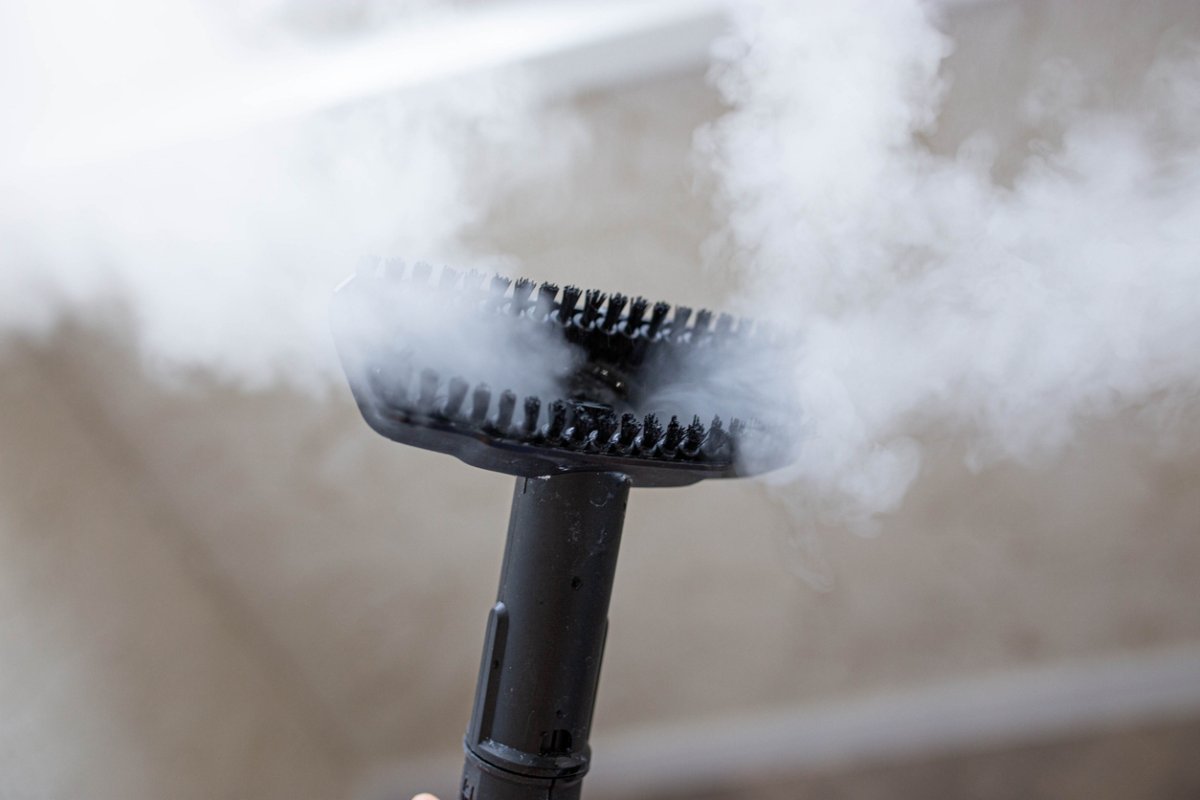

We may earn revenue from the products available on this page and participate in affiliate programs. Learn More ›
Handheld steam cleaners are invaluable tools for sanitizing home appliances, sealed floors, bathrooms, and more. Their steam-powered utility makes them an appealing alternative to using abrasive cleaning chemicals. That said, steam cleaners do have their limits. There are some spots around the home that should not come into contact with one of these tools because hot steam can damage some materials. Read on to learn more about where you shouldn’t use a steam cleaner—and why.
1. Unsealed Floors
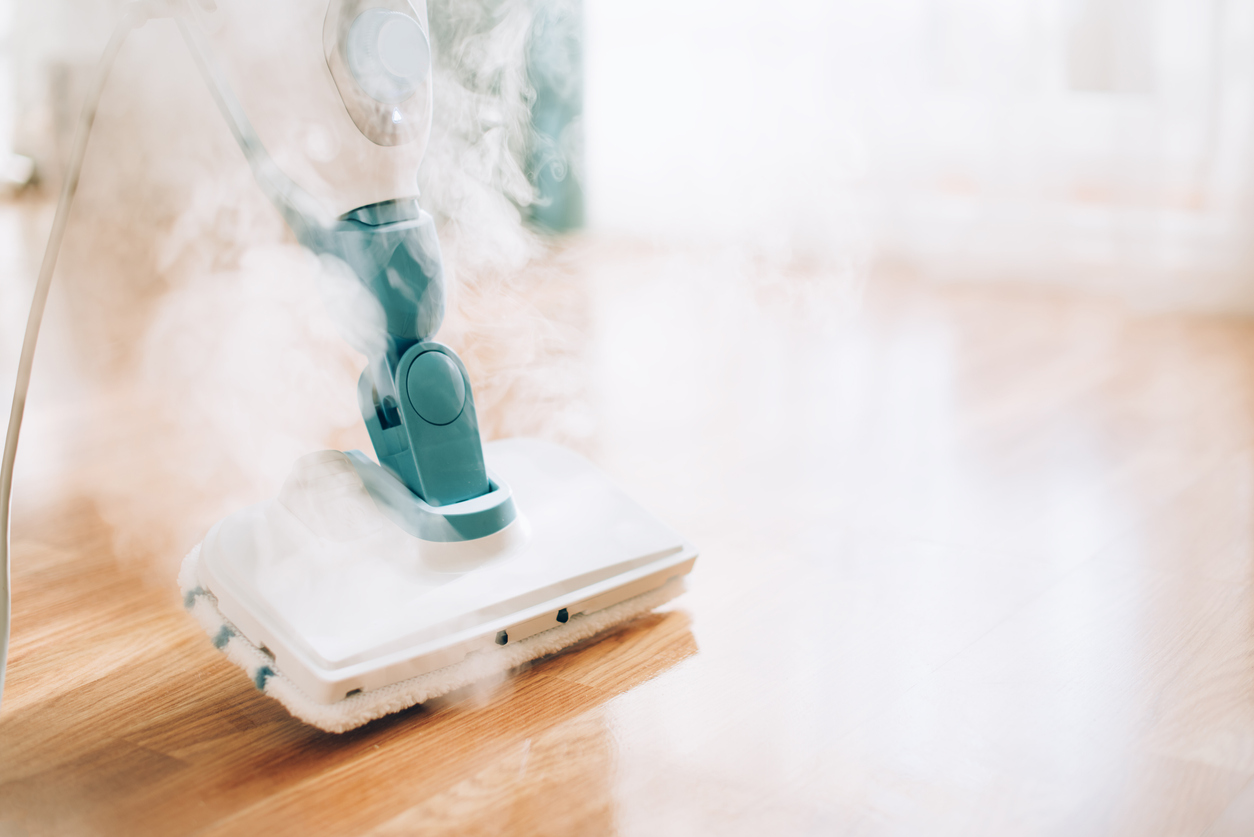
While there are plenty of uses for a steam cleaner, the first rule of thumb to follow is that you should not use yours on unsealed flooring. Too much moisture can cause unsealed wood flooring to warp. Unglazed tile is very porous, which makes it similarly unsuitable for steam cleaning. Unglazed tile absorbs water, and steam cleaning this type of flooring can leave water stains and lead to mold or mildew growth.
2. Water-Based Paint Finishes
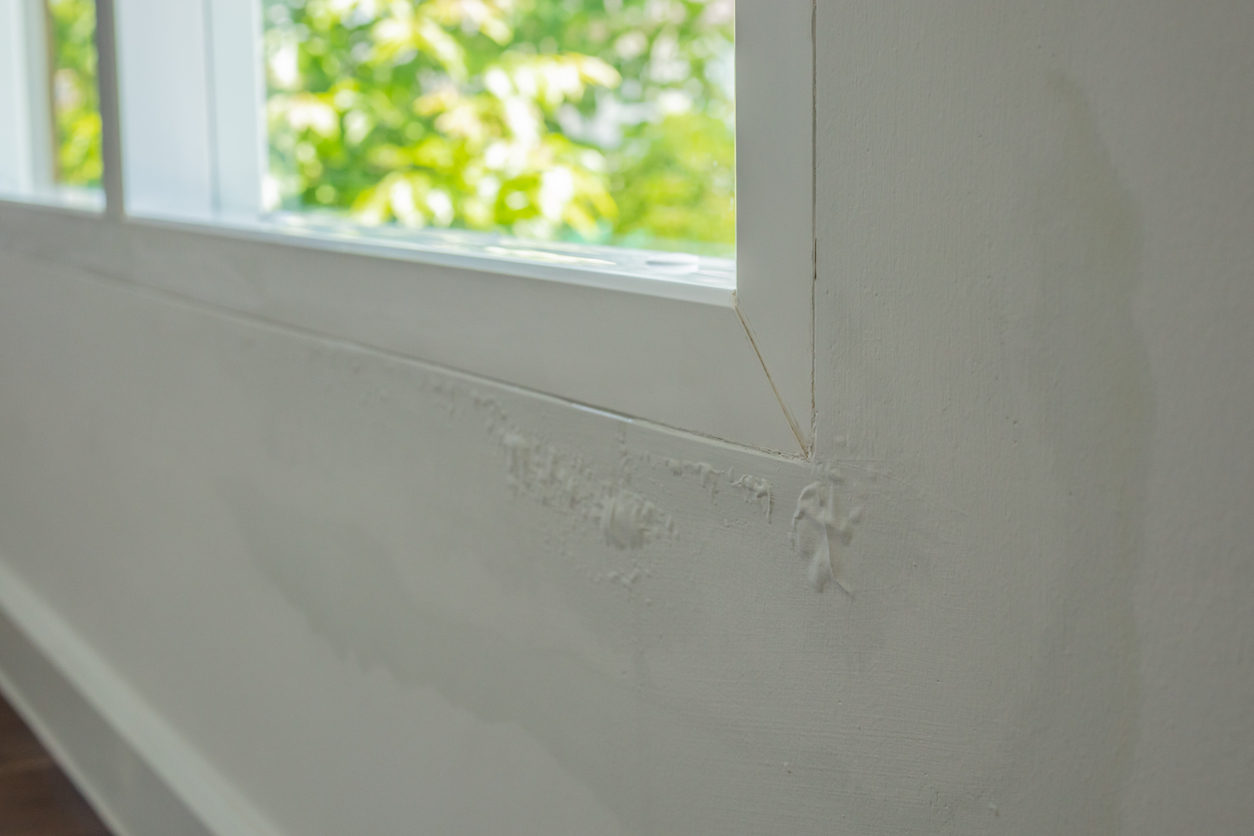
Using a steam cleaner on walls or furniture finished with water-based paint is another bad idea. The heat from the steamer can cause the paint to separate or dry out. If this happens, the paint may crack or peel, damaging the finished surface.
RELATED: The Best Steam Cleaners, Tested and Reviewed
3. Cold Window Glass
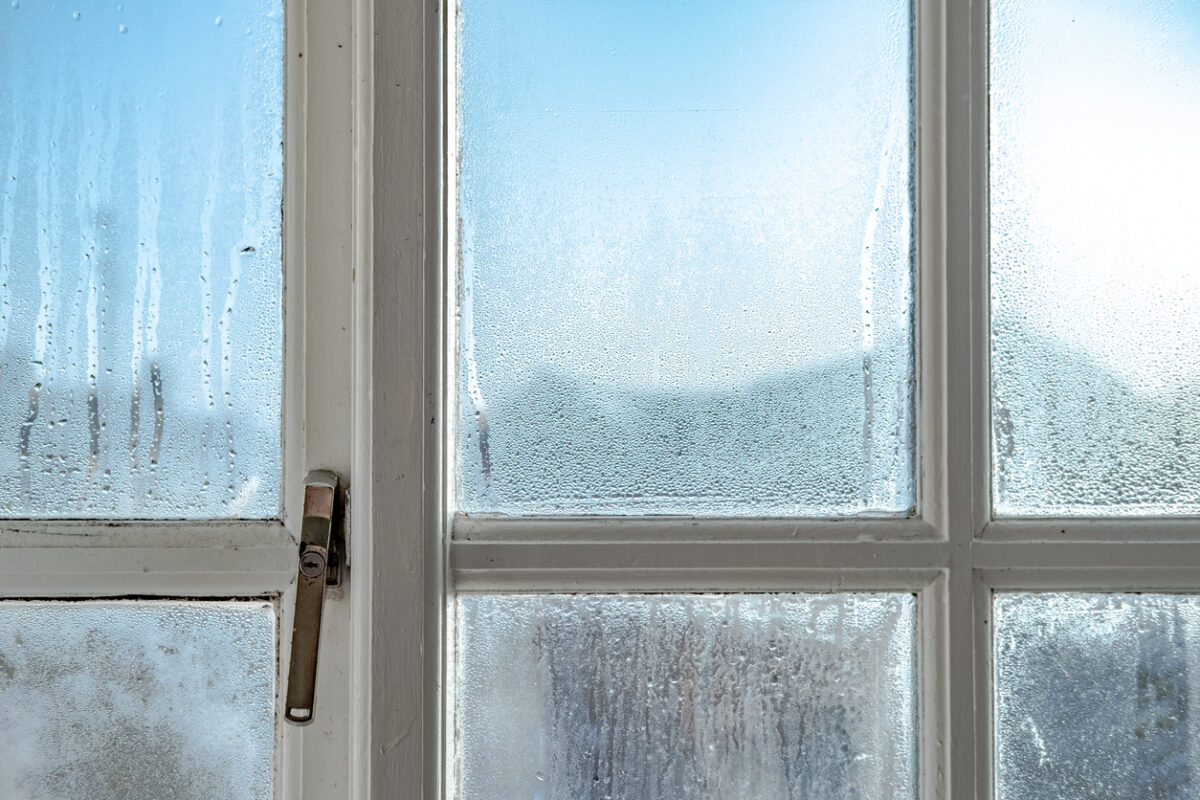
The prospect of using a steam cleaner to clean your windows can be tempting. Indeed, steam cleaners are sometimes effective tools for the task. However, you should absolutely avoid steam cleaning your windows when it’s cold outside. A temperature difference between the hot steam and cold window panes—anything greater than 60 degrees Fahrenheit—can cause the glass to crack or even shatter.
4. Velour Upholstery
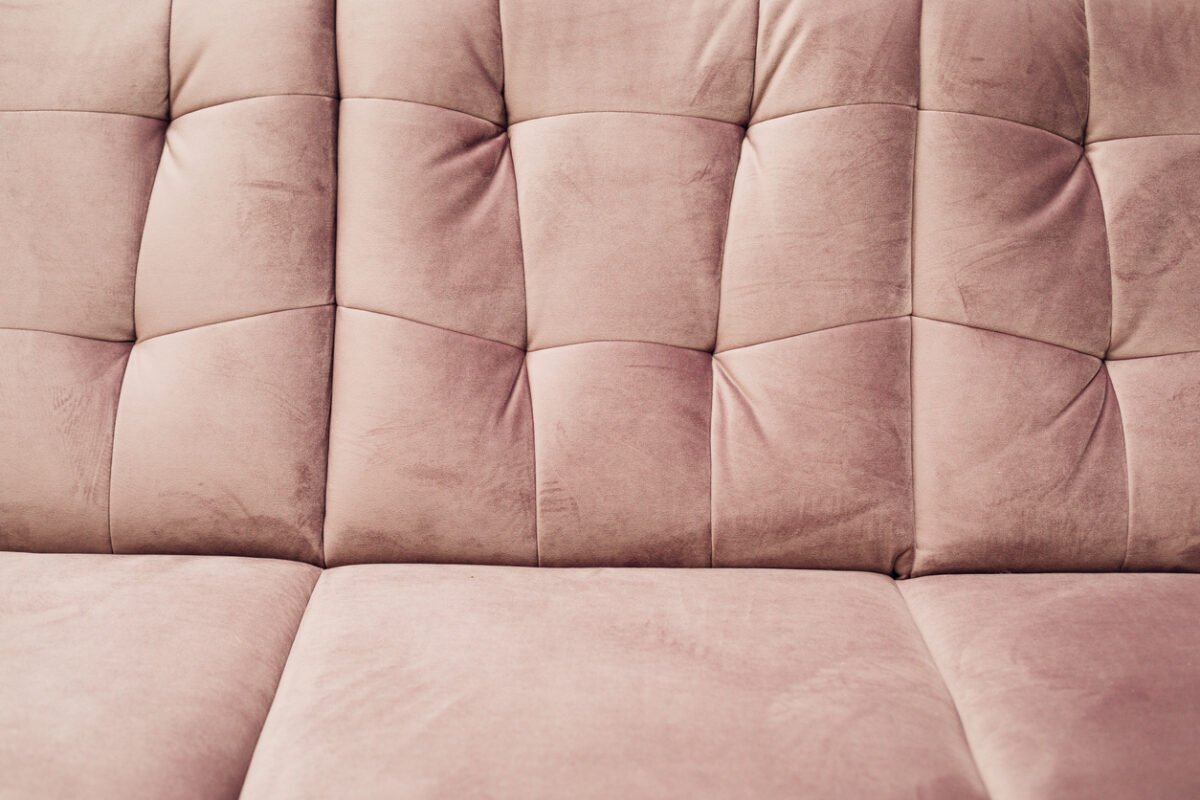
Even if you have an upholstery steam cleaner or a model with various attachments for upholstered furniture, do not use it to clean velour couches or chairs. Velour is a delicate material, and the hot steam may damage and discolor the upholstery.
5. Porous Surfaces
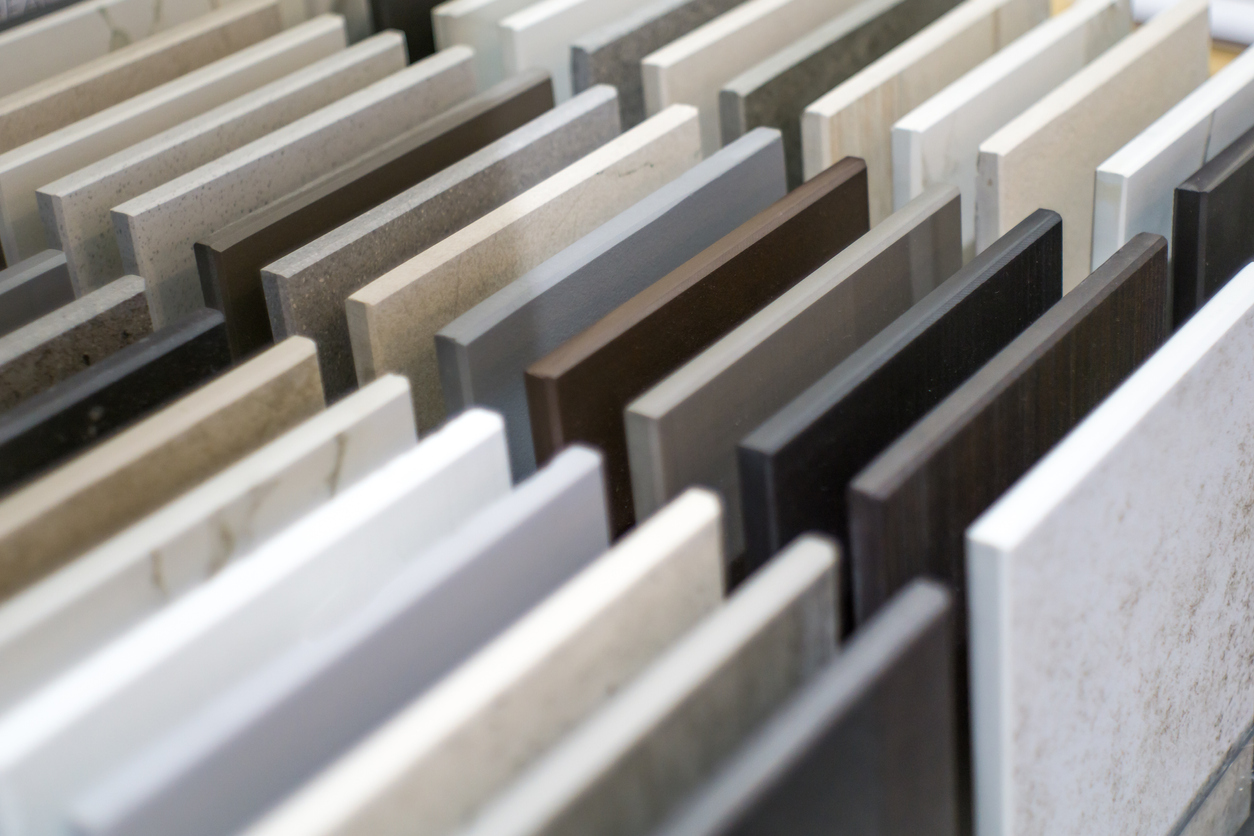
Porous surfaces such as bamboo, marble, stucco, and masonry should never be cleaned using steam. These surfaces will absorb too much moisture, which could potentially lead to the growth of mold or mildew. What’s more, some porous materials, cardboard among them, can warp from the heat.
RELATED: This Handheld Steam Cleaner Makes Cleaning Multiple Surfaces Fast and Easy
6. Carpet
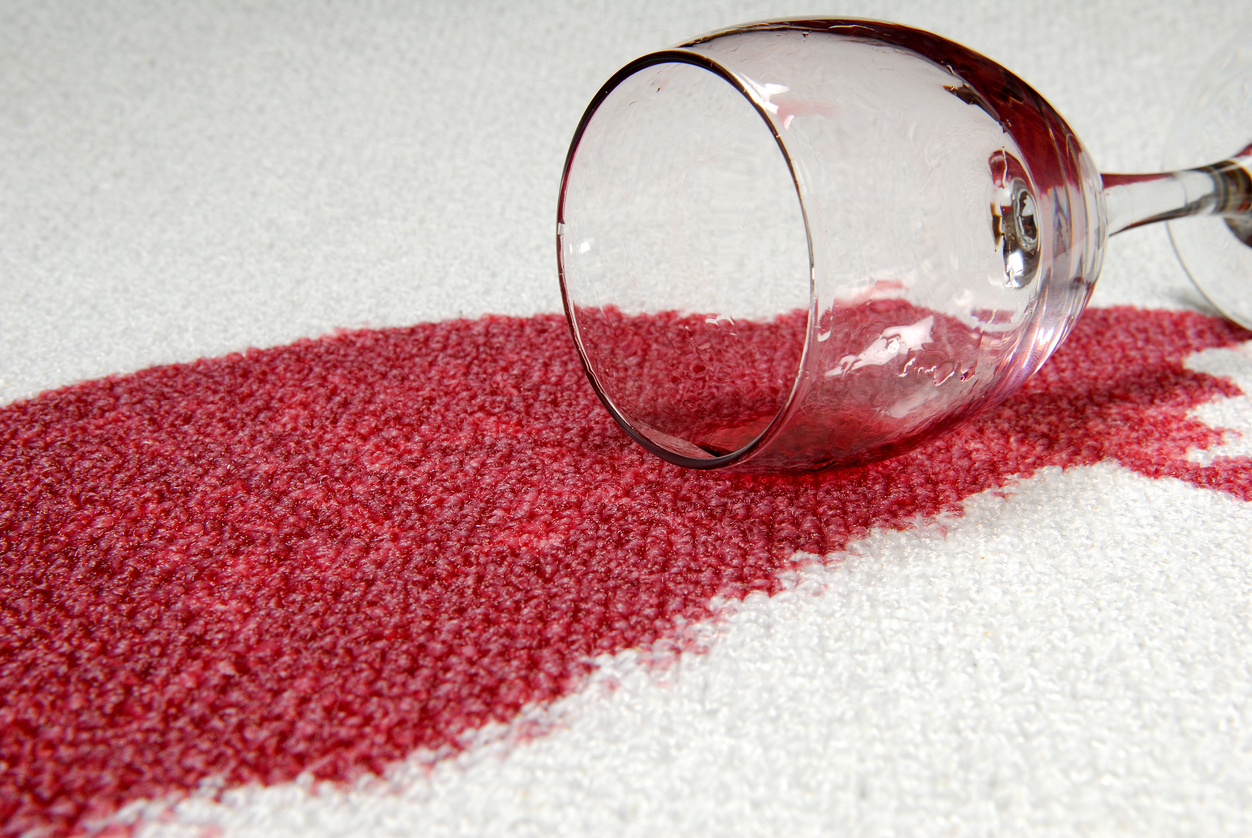
Handheld steam cleaners are not meant to deep-clean carpets. Unlike carpet cleaners, which pull water back out of the carpet after cleaning, steam cleaners do not have similar suction capabilities. Using a steam cleaner to deep-clean your carpet will leave behind an abundance of water. If it takes too long to dry, mildew or mold might develop in your carpet.
7. Around Electronics

When cleaning with steam, steer clear of any electronic devices in your home. Steam is water vapor, after all, and mixing water and electricity or sensitive electronics is never a good idea. Additionally, electronics shouldn’t be exposed to hot temperatures, adding yet another reason to steer clear of TVs, computers, gaming consoles, power strips and outlets as you’re steam cleaning.
RELATED: 3 Ways to Steam Clean an Oven
8. Plastics

Many plastic products, especially thin or flexible ones, may warp or even melt if cleaned with steam. These materials are not made to withstand high temperatures, so it is best to clean them using other methods, such as soap and warm water.
9. Inside the Pantry

While cleaning up the pantry with your handheld steam cleaner sounds enticing, don’t do so before emptying the contents. Not only could the steam damage any plastic packaging or storage containers in the pantry, but it can also ruin some foods. Many items typically stored in pantries, such as flour, sugar, grains, tea, coffee, and cereal, may absorb moisture from the steam, which could affect quality, taste, and freshness.
10. Wallpaper
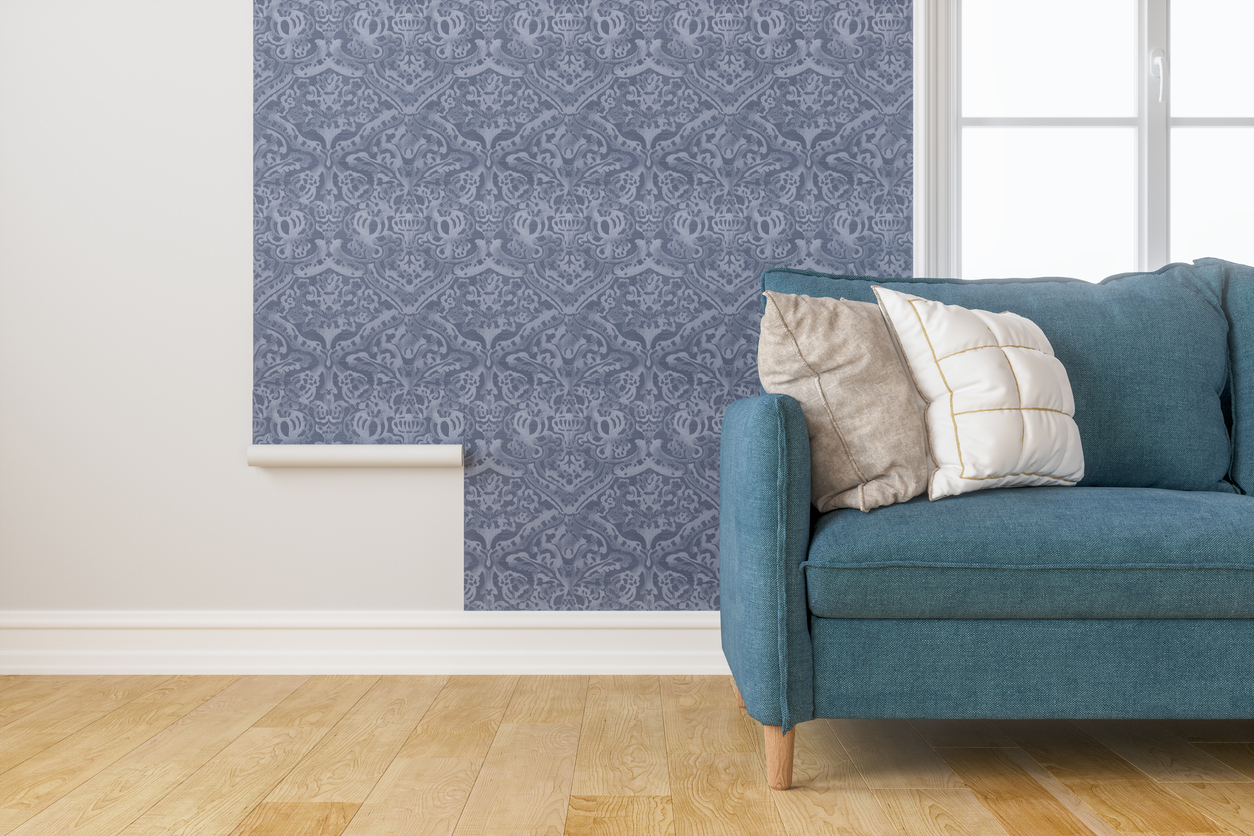
If you’ve ever tried to remove wallpaper, you may already know that using steam can be quite effective. The heat works to break down the adhesive, making wallpaper easier to remove. Therefore, if you like your wallpaper and your goal is simply to clean it, not take it down, don’t use a steam cleaner for the job. Even if you use a lower amount of heat or steam than is normally recommended for wallpaper removal, any steam cleaner use could still cause the paper to start peeling.
